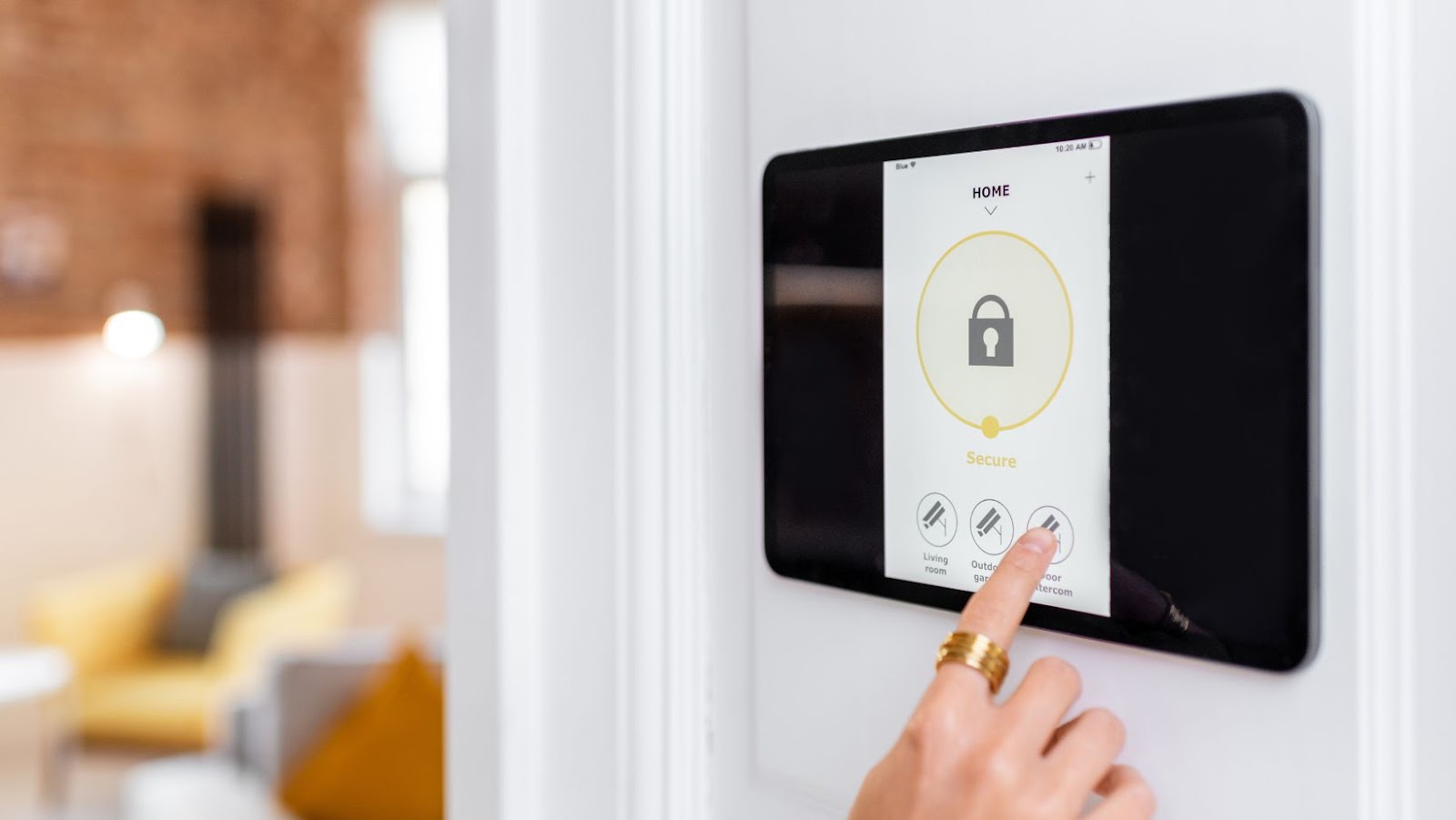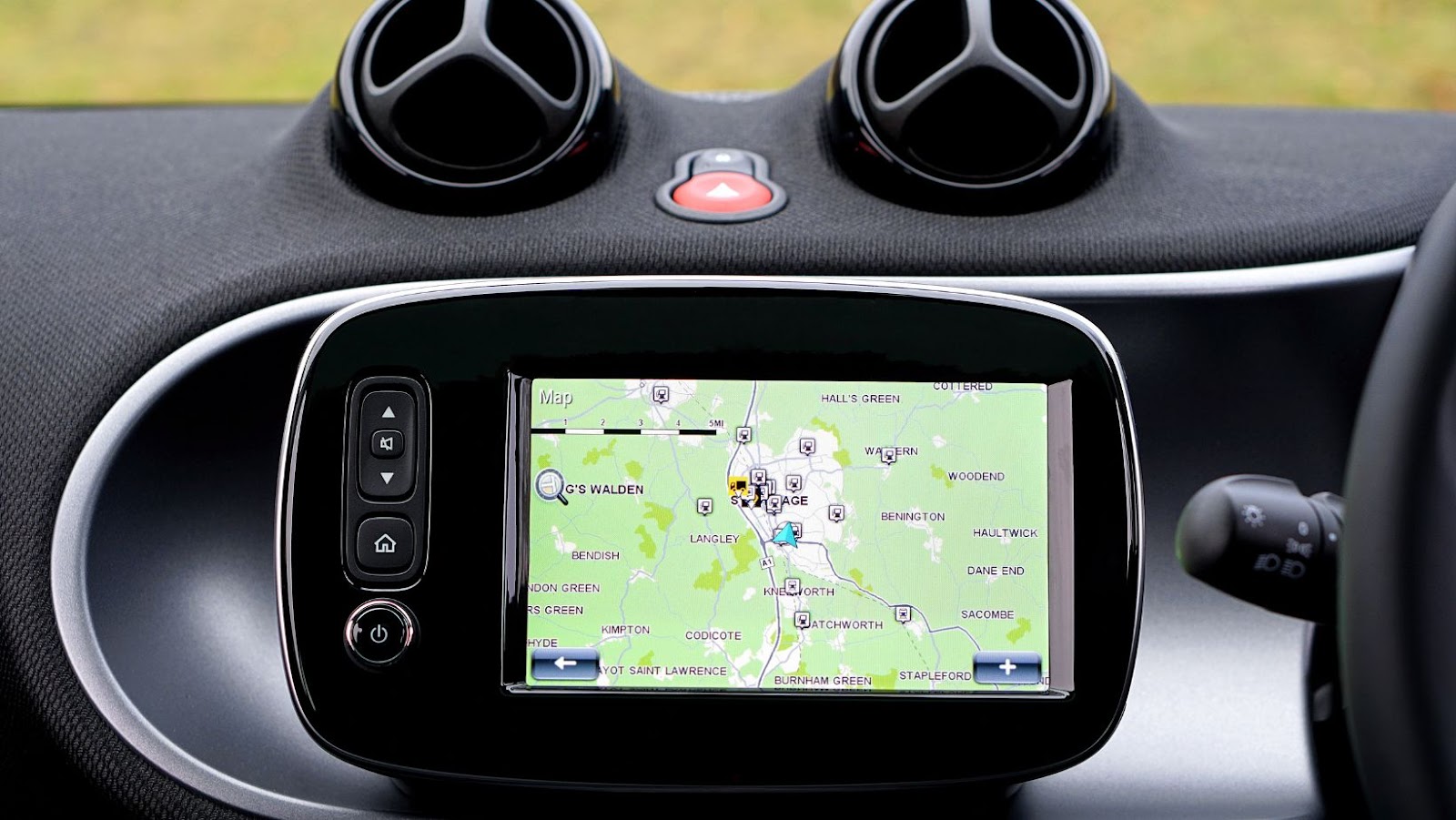Features Should You Look For: What Does a Chest Compression Feedback Device Monitor

A chest compression feedback device is a piece of equipment used to measure a patient’s chest compressions and provide real-time feedback to medical professionals. This device is commonly used during cardiopulmonary resuscitation (CPR) and can be invaluable in helping rescuers maintain proper compression depth, rate, and recoil.
Chest compression feedback devices typically consist of sensors that are placed on the patient’s chest during CPR. These sensors are connected to a monitoring unit that provides numerical and visual feedback on the quality of the chest compressions. The device can monitor factors such as compression depth, rate, and recoil, which can have a direct impact on the success of resuscitation efforts.
Overall, a chest compression feedback device is a crucial tool for medical professionals during CPR, allowing them to accurately monitor and adjust the quality of chest compressions in real time. By providing ongoing guidance and feedback, these devices can help improve patient outcomes and increase the likelihood of survival.
Read our next post!
What Does a Chest Compression Feedback Device Monitor
A chest compression feedback device is a medical tool used to monitor the effectiveness of chest compressions during cardiopulmonary resuscitation (CPR) procedures. It consists of two main components; sensors that are placed on the patient’s chest and a visual display unit.
When activated, the device uses the sensors to detect the force and depth of each chest compression made by the CPR provider and transmits this data to the visual display unit. The visual display presents this information in real time, indicating the quality and consistency of the chest compressions.
There are several types of chest compression feedback devices available, and each may employ slightly different methods of measuring the quality of chest compressions. However, most devices use specific parameters to assess the effectiveness of chest compressions. For example, they monitor:
- Compression rate: the number of chest compressions per minute.
- Compression depth: the extent to which the chest is compressed.
- Recoil: the degree to which the chest recoils between compressions.
- Hand position: the placement of the CPR provider’s hands during compressions.
Using this data, healthcare providers and emergency personnel can adjust their CPR technique to ensure it is performed optimally and accurately. By doing so, they can improve the patient’s chances of survival and reduce the risk of complications resulting from inadequate chest compressions.
In summary, a chest compression feedback device is a valuable tool that monitors the quality and effectiveness of chest compressions during CPR. It provides real-time feedback to healthcare providers, enabling them to improve their technique and ultimately increase the odds of successful resuscitation.
A chest compression feedback device is a critical tool in performant cardiopulmonary resuscitation (CPR). It constantly monitors the depth, rate, and recoil of chest compressions. But what are the benefits of using such a device?
- Real-Time Feedback A chest compression feedback device provides real-time feedback on the CPR being performed. It’s designed to guide the rescuer in optimizing the quality of compressions by giving instructions on compression depth, rate, and rhythm. This ensures the chest compressions are consistent, adequate, and effective, leading to higher chances of survival.
- Improving CPR Performance Without the device, performing CPR may feel like guesswork, leading to inadequate compressions. But, with a chest compression feedback device, a rescuer can focus solely on the patient’s recovery. The device helps the rescuer to perform with confidence, knowing that they’re doing their best to provide adequate circulation. This, in turn, leads to improved CPR performance.
- Reliable CPR Training Chest compression feedback devices, can be used to train more people to perform CPR accurately. The devices are effective in demonstrating the correct depth, rate, and rhythm of compressions required to perform successful CPR. New rescuers can learn how to perform CPR to the correct procedural standards, a skill that could prove lifesaving, all thanks to the chest compression feedback device.
- Data-Driven Feedback Some advanced models of chest compression feedback devices store data on the performance of chest compressions, giving detailed reports on the quality of compressions over any given time frame. Analyzing this data provides insights that rescue teams can use to optimize their CPR skills, making them prepared when faced with a real emergency.
- Reducing Medicolegal Risks Inaccurate CPR delivery could result in reduced chances of survival in patients and poor patient outcomes. By utilizing a chest compression feedback device, a rescuer can minimize the potential for such outcomes by ensuring the delivery of adequate and consistent compressions. By doing so, the risk of legal procedures resulting from inadequate CPR delivery is significantly reduced.
It’s clear that chest compression feedback devices are essential tools in optimizing CPR delivery. They provide real-time feedback, improve performance, enhance training, provide data-driven insights, and reduce medicolegal risks.

Conclusion:
In this article, we have discussed the importance of using a chest compression feedback device in performing cardiopulmonary resuscitation (CPR) and the benefits it provides.
We have seen that a chest compression feedback device is a valuable tool for monitoring the quality and effectiveness of chest compressions during CPR. It helps ensure that compressions are being performed correctly and with sufficient force and depth.
By providing real-time feedback, the device allows rescuers to adjust their technique and improve the chances of successful resuscitation. It can also help reduce the risk of injury to the patient and the rescuer by ensuring that the compressions are being performed correctly.
What's Your Reaction?
Deepak is a lover of nature and all things sporty. He loves to spend time outdoors, surrounded by the beauty of the natural world. Whether he's hiking, biking, or camping, Deepak enjoys being active and in touch with nature. He also loves to compete and push himself to his limits. Deepak is an avid cyclist, runner, and swimmer. He has competed in several triathlons and marathons, and is always looking for new challenges to take on.



